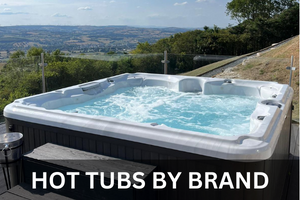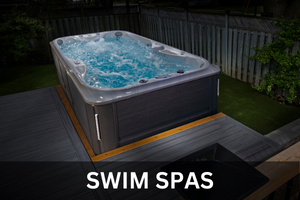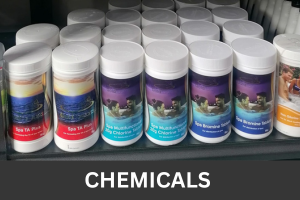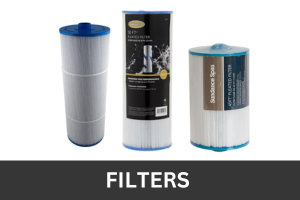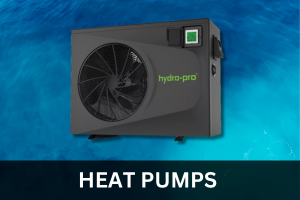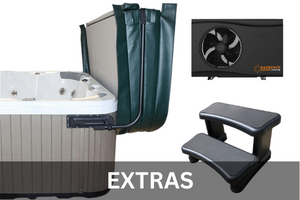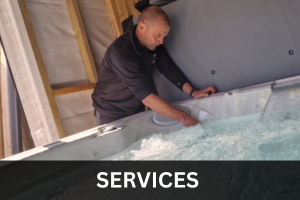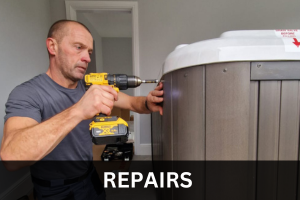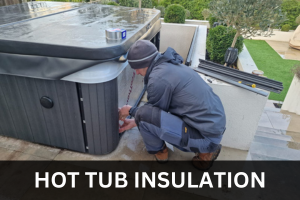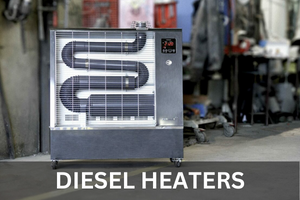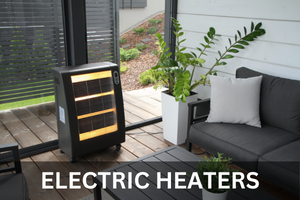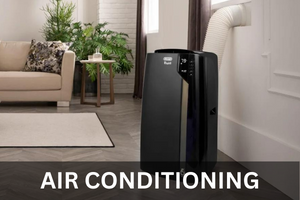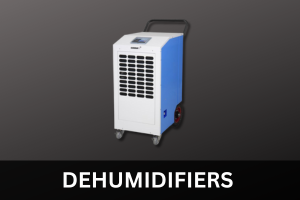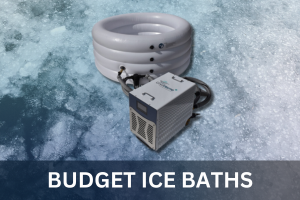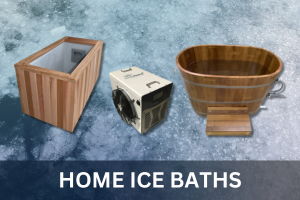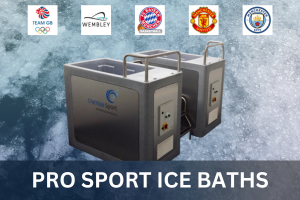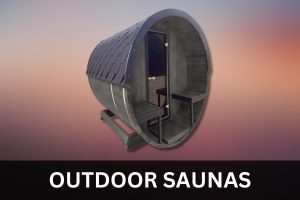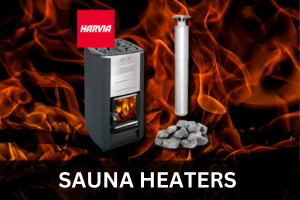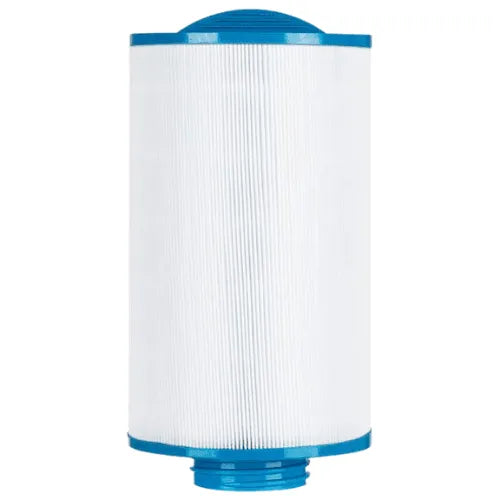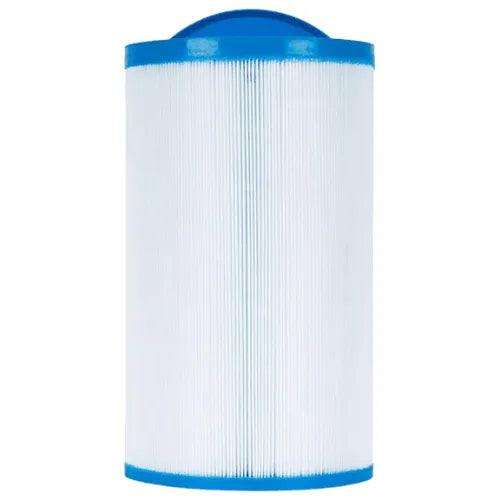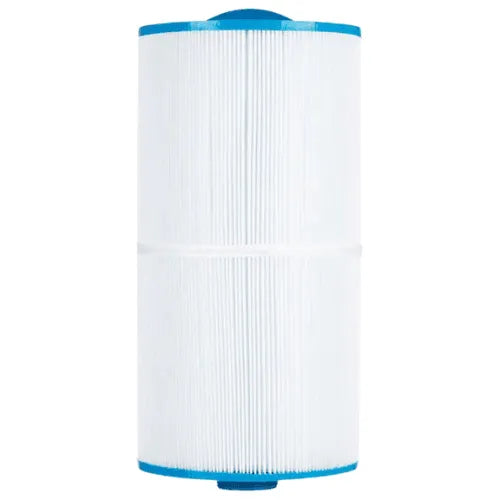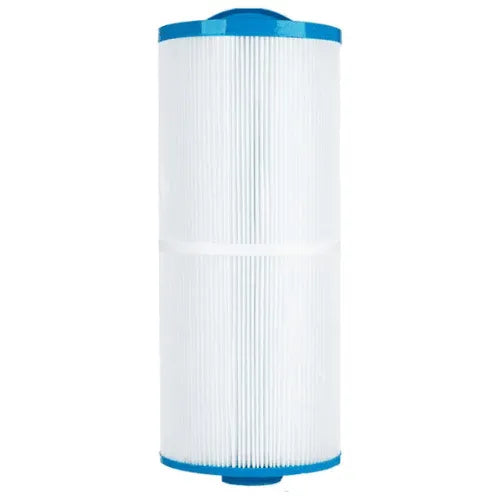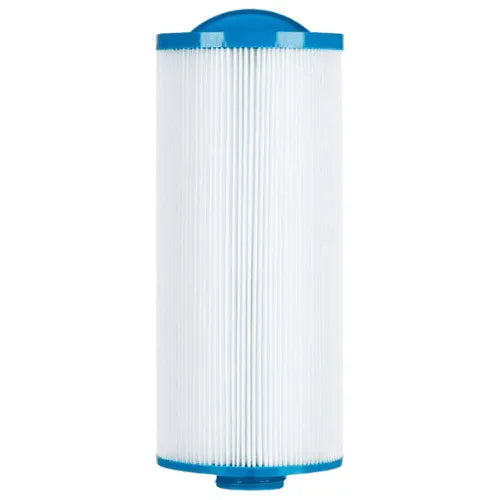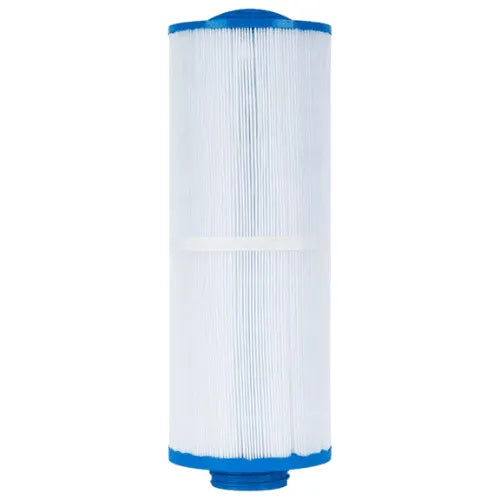Menu
-
- Home
-
Hot Tubs & Swim Spas
-
Chemicals & Filters
-
Services We Offer
- Ice Baths & Saunas
-
Useful Info
-
- 0151 662 0284
- Login

Hot Tubs & Swim Spas
Chemicals & Filters
Services We Offer
Infrared Heaters
Ice Baths & Saunas
Hot Tub Chemicals and Filters
Hot tubs are a popular way to relax and unwind after a long day, but it's important to maintain proper water chemistry to ensure a safe and enjoyable experience, using the correct Hot Tub Chemicals and Filters. Hot Tub Chemicals and Filters are essential for maintaining clean and safe water. This blog will delve into the various types of filters and chemicals available, their specific roles, and the reasons they are crucial for hot tub hygiene.
Chlorine
Chlorine is a widely used chemical in hot tubs for its ability to sanitise water by eliminating bacteria and other impurities. Available in both granular and tablet forms, it can be introduced directly into the water or through a chlorinator. Maintaining chlorine levels within the ideal range of 3-5 parts per million (ppm) is crucial. Over-chlorination, however, can lead to skin and eye irritation, as well as a strong, unpleasant odour. To ensure a safe and enjoyable hot tub experience, regular testing and adjustments of chlorine levels are necessary.
Bromine
Bromine is a widely favoured chemical for sanitising hot tub water, offering greater stability than chlorine, especially in warm water conditions. Available in both tablet and granular forms, bromine can be introduced directly into the water or via a dispenser. The optimal bromine concentration for hot tubs lies between 3-5 ppm. Similar to chlorine, high bromine levels can lead to skin and eye irritation, as well as a potent odour. Therefore, frequent testing and adjustments are crucial to ensure a safe and enjoyable hot tub experience.
pH Adjusters
Maintaining the correct pH level in hot tub water is essential for optimal water chemistry. The ideal pH range for hot tubs falls between 7.2 and 7.8. When the pH is too low, the water becomes excessively acidic, leading to skin and eye irritation as well as potential damage to the hot tub’s components. Conversely, if the pH is too high, the water turns too alkaline, resulting in cloudiness and scaling. To keep the pH within the desired range, pH adjusters such as pH increasers and pH reducers are employed. It is important to add these chemicals gradually to prevent overcorrection and subsequent imbalances.
Alkalinity Adjusters
Alkalinity adjusters play a crucial role in maintaining the optimal total alkalinity (TA) of hot tub water, ideally between 80 and 120 ppm. This measure of total alkalinity is essential as it indicates the water's capacity to stabilise pH levels. When TA levels dip too low, pH fluctuations can arise, potentially harming hot tub components. Conversely, excessively high TA levels can lead to cloudy water and scaling issues. To elevate TA levels, sodium bicarbonate or an alkalinity increaser is typically used, while muriatic acid or an alkalinity decreaser is employed to lower TA levels.
Calcium Hardness Adjusters
Calcium hardness refers to the concentration of dissolved calcium in water. For hot tubs, maintaining a calcium hardness level between 150-250 ppm is crucial. Insufficient calcium hardness can lead to corrosive water, which may harm the hot tub's components. Conversely, excessive calcium hardness can cause the water to become cloudy and lead to scaling. To adjust these levels, a calcium increaser can be used to raise the hardness, while a calcium reducer helps to lower it.
To sum up, the use of hot tub chemicals is vital for ensuring a safe and pleasurable hot tub experience. Sanitizers like chlorine and bromine purify the water, whereas pH, alkalinity, and calcium hardness adjusters help maintain the appropriate water balance. Regular testing and adjustments are crucial to guarantee both safety and comfort for users. Adhering to the manufacturer's guidelines and using the correct dosages of these chemicals is important to prevent overcorrection and other imbalances.
We offer a wide selection of high-quality chemicals and filters. Please contact us if you can't find what you are looking for. We can also offer next day delivery if you urgently need any of our products, please speak to our customer service team on 0151 662 0284.
Subscribe
Sign up to get the latest on sales, new releases and more …


